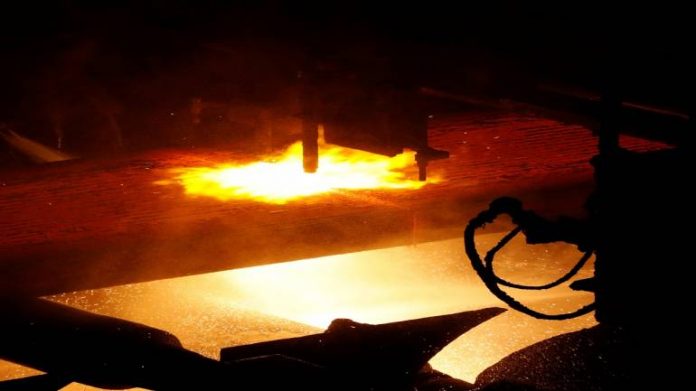Hareesh V
Geojit Financial Services
Unlike other base metals, nickel prices dropped moderately amid the US-China trade standoff, which has upset the global economic growth and demand for base metals. The commodity, used for making alloys, has dropped about twelve percent since the mid of June, while other base metals like copper and zinc had lost more than eighteen percent during the period.
The trade spat between world’s top two economies — the US and China — deeply influenced the base metal prices. However, nickel was insulated from a major price fall on buoyant outlook due to increased demand from electric vehicle and stainless steel industry.
China is the major consumer of nickel. At present China’s appetite for nickel is mostly met by nickel pig iron production from Indonesian and Philippine mines, which dominate the industry. Indonesia is the world’s top nickel producer followed by Philippines, dumping most of its output to the top consumer China.
Falling inventories in LME and SHFE pointed towards the increased demand for the commodity. Inventories in the LME warehouse had dropped more than 32 percent since the start of the year factored by investors and as battery makers built their stocks. LME inventories has dropped to 233,600 tonne from 366,000 tonne from the start of this year. Similar trend was witnessed in Shanghai inventories as well.
Currently, nickel largely used for stainless steel production which accounts almost 80 percent of the global demand. However, the ongoing trends shows electronic vehicle segment would fundamentally alter the demand structure of the metal later.
The demand for nickel is expected to be higher and supply is seen falling short. Market participants expects battery sector would be the second larger area for nickel demand behind stainless steel by next year. Currently, the battery sector consists almost 5 percent of the global nickel demand. In the first two quarter of 2018 nickel demand from the battery sector has increased about 38 percent against the same period last year.
Demand from the sector is growing in a frantic pace. Most automakers are preferring nickel, manganese and cobalt batteries. The industry is working hard to reduce the costly cobalt loading, which is favouring the greater use of nickel. Growing anxiety on availability of key battery components like Lithium and Cobalt is raising the demand of its substitute metals like nickel and graphite as well. A research report says global demand for nickel in electric vehicles will hit nearly 1 million mt by 2030.
However, availability of battery grade nickel raw material would perhaps create supply deficit later. Nickel produced from Class 1 producers are largely used by battery industry as it is suitable for conversion into nickel sulphate. For miners to switch to battery grade material, huge investments are required to upgrade refining and processing facilities.
On the price front, prices may stay above $10,000 a tonne in the LME, but major recovery moves are unlikely at present. Easing trade tensions between China and the US would boost the demand. In the active MCX futures, prices are likely to be congested inside Rs 820-970 a kg regions, breaking any of the sides would suggest fresh direction to the commodity.
Disclaimer: The author is Head Commodity Research at Geojit Financial Services. The views and investment tips expressed by investment expert on moneycontrol.com are his own and not that of the website or its management. Moneycontrol.com advises users to check with certified experts before taking any investment decisions.


